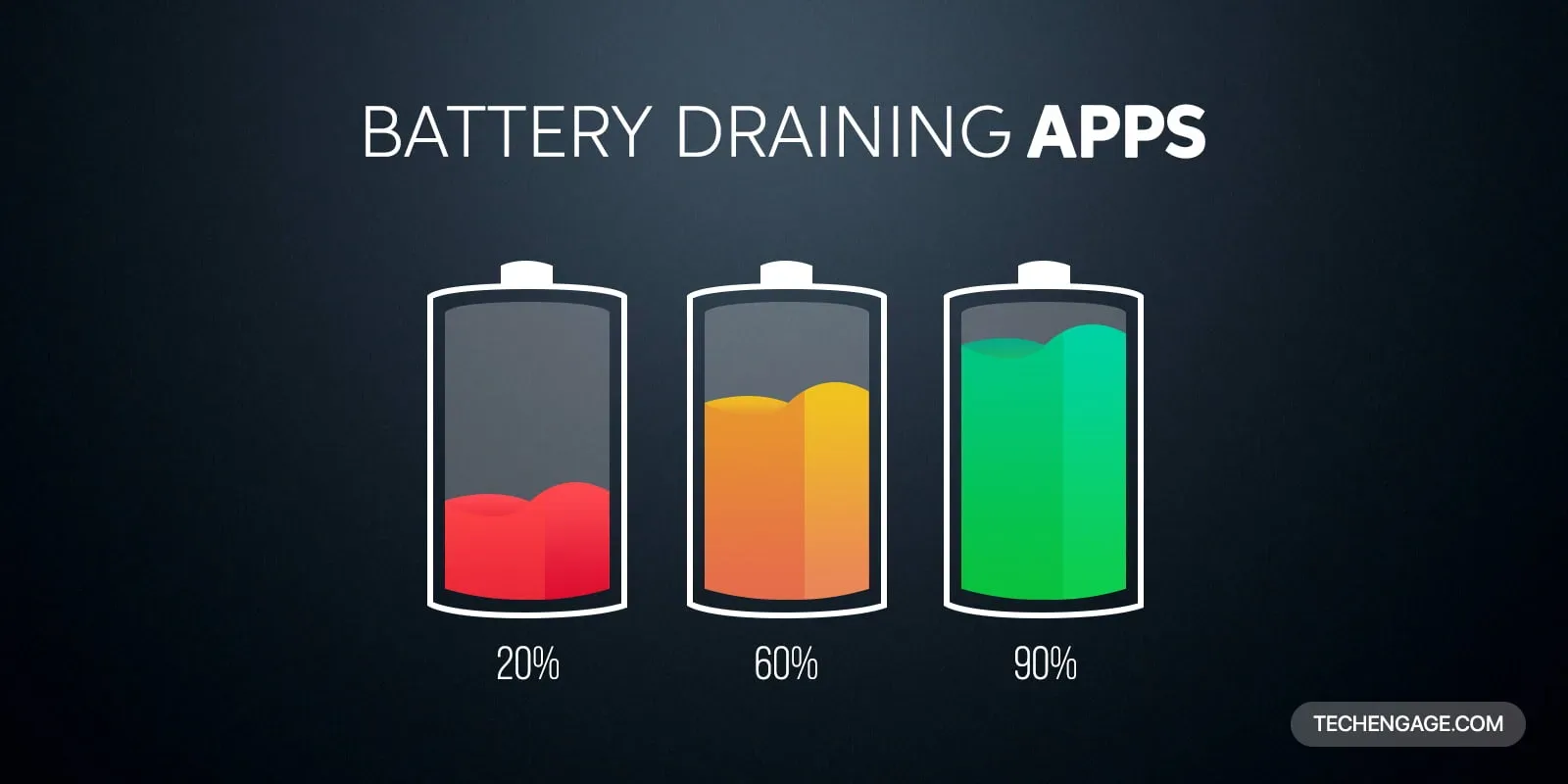Are you a VR/AR fan waiting to experience the frictionless and outstanding performance of VR/AR? We have some severe concerns to bring in to your knowledge.
With the internet’s evolvement to 4G services, user expectation has touched new heights. Gone are the days when you waited for the split of minutes to get your web pages loaded. 4G technology has smoothed out this to milliseconds.
With the arrival of 4G, internet usage on smartphones knocked out desktops’ use. Those, as mentioned earlier was a significant milestone achieved in 2016. This immense accomplishment took Virtual Reality and its support to the next level. The hardware and software compatibility is still a concern for VR/AR developers, a smooth and fast internet is another of their expectations.
Every High tech player has invested a lot in the hardware to enjoy a satisfying VR experience. We need to note that apart from the correct hardware compatibility, we need to have reliable broadband that can sync with VR/AR hardware to give out thrilling results. VR world has hinted at creating some pre-developed functionalities remotely, which again needs 5G to be in action before they are out for fans.
Cindi Mallory, Co-Chair of the VR/AR Association, told the Binary District Journal:
“If you think about it, you need 8 square feet to be able to play, and you need a high-end gaming computer, and the setup is not simple, so when you think of ease of use being America’s number one factor, we’re far from that. The Oculus Go is the first step in the right direction – it’s all contained into one wireless device. As soon as the fidelity is better, the pricing is cheaper, and the chicken and egg issue with content is explored, it will improve.”
This is exactly where we need to get 5G in the picture! With limited 4G services that cannot handle the latest VR/AR input mechanism and functions, we need to get the 5G rolling. 5G committees that are onboard with AR/VR have something to say about it. Give a read:
“This level of intricacy and immersion cannot happen unless the networks that will have to support these applications can deliver the required performance, [e.g.] latency on the order of several milliseconds.”
It won’t be wrong if we say that VR projects are highly dependent on the 5G functionality to support their dynamic performance. We are eagerly waiting to learn about all the perks 5G has to offer!
Excited about the existence of these two? Let us know in the comments!



